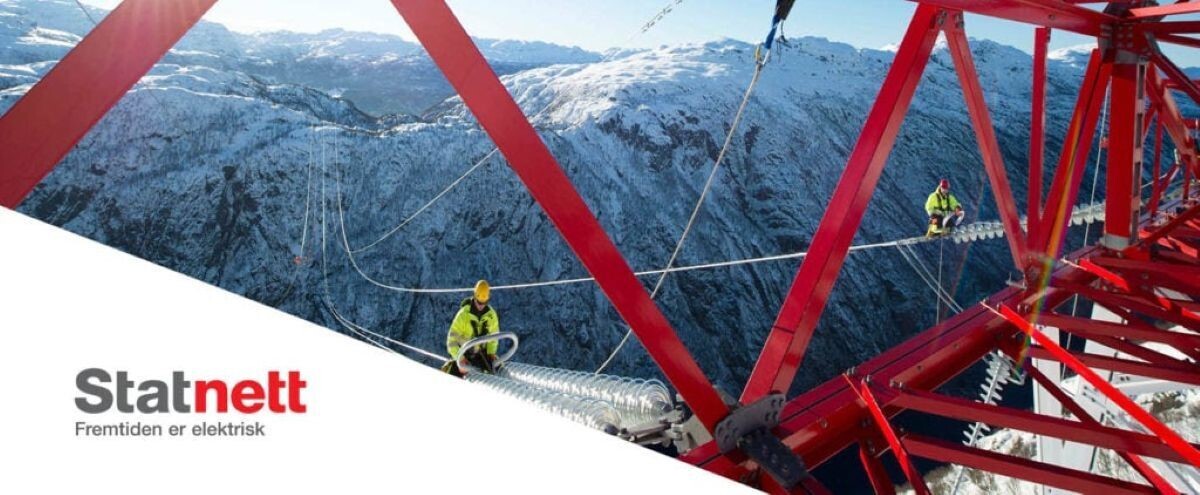

Norwegian TSO Statnett is set to trial aluminium pylons as a more sustainable and safer alternative to traditional steel pylons. Pylons, also known as electricity transmission and distribution towers, serve as the structural supports for high-voltage electrical cables, enabling electricity transmission from generation sites like power stations or wind farms to distribution networks that supply homes and businesses.
 Image Source: Statnett
Image Source: Statnett
Hydro to supply recycled aluminium
The development of aluminium pylons is part of Statnett’s technology plan, which focuses on advancing sustainable alternatives and enhancing the safety of its technical solutions. A key criterion for awarding the pylon contract was minimising climate impact, leading to the use of recycled aluminium. Norsk Hydro will supply the recycled aluminium, which will be cast and shaped into profiles in Sweden, while Marine Aluminium and Stord will handle the production.
A total of 17 aluminium pylons are planned for installation as part of the Blåfalli-Gismarvik 420kV transmission project, the second phase of the area plan for the Bergen region and Haugalandet. While Statnett has previously worked with aluminium pylons, this marks the first time the company will deploy several in a single project, promising numerous benefits.
“It will be exciting to measure efficiency and see if we achieve the HSE and climate benefits that we hope for. What also will be very interesting to see is how shorter travel distances and fewer helicopter trips will have an economic impact on the total cost per installed mast,” said Christian Færø, acting executive VP for Grid at Statnett.
The lighter weight of aluminium pylons is expected to lower health, safety, and environmental (HSE) risks. Additionally, fewer helicopter trips will be required for installation, leading to reduced fuel consumption and, consequently, lower carbon emissions for the project.
Advancing sustainable alternatives
In Norway, helicopters are typically used to install power pylons, transport the components and assemble them mid-air, with technicians receiving them on the mast. Aluminium, while more expensive to purchase and produce than steel, offers significant weight advantages. An aluminium mast weighs about half as much as its steel counterpart, enabling helicopters to carry more components per trip. This reduced weight translates to fewer helicopter trips needed per mast, potentially offsetting the higher material costs.
Norwegian critical infrastructure contractor Kraftmontasje awarded one of the two line contracts for the Blåfalli-Gismarvik project, will oversee assembly. Initiated in 2015, the Blåfalli-Gismarvik project aims to support the anticipated industrial growth in the Haugalandet district, north of Stavanger on Norway’s western coast. Spanning approximately 90 km, the transmission line work also includes expanding the Blåfalli substation and constructing a new transformer station at Gismarvik.
Responses








